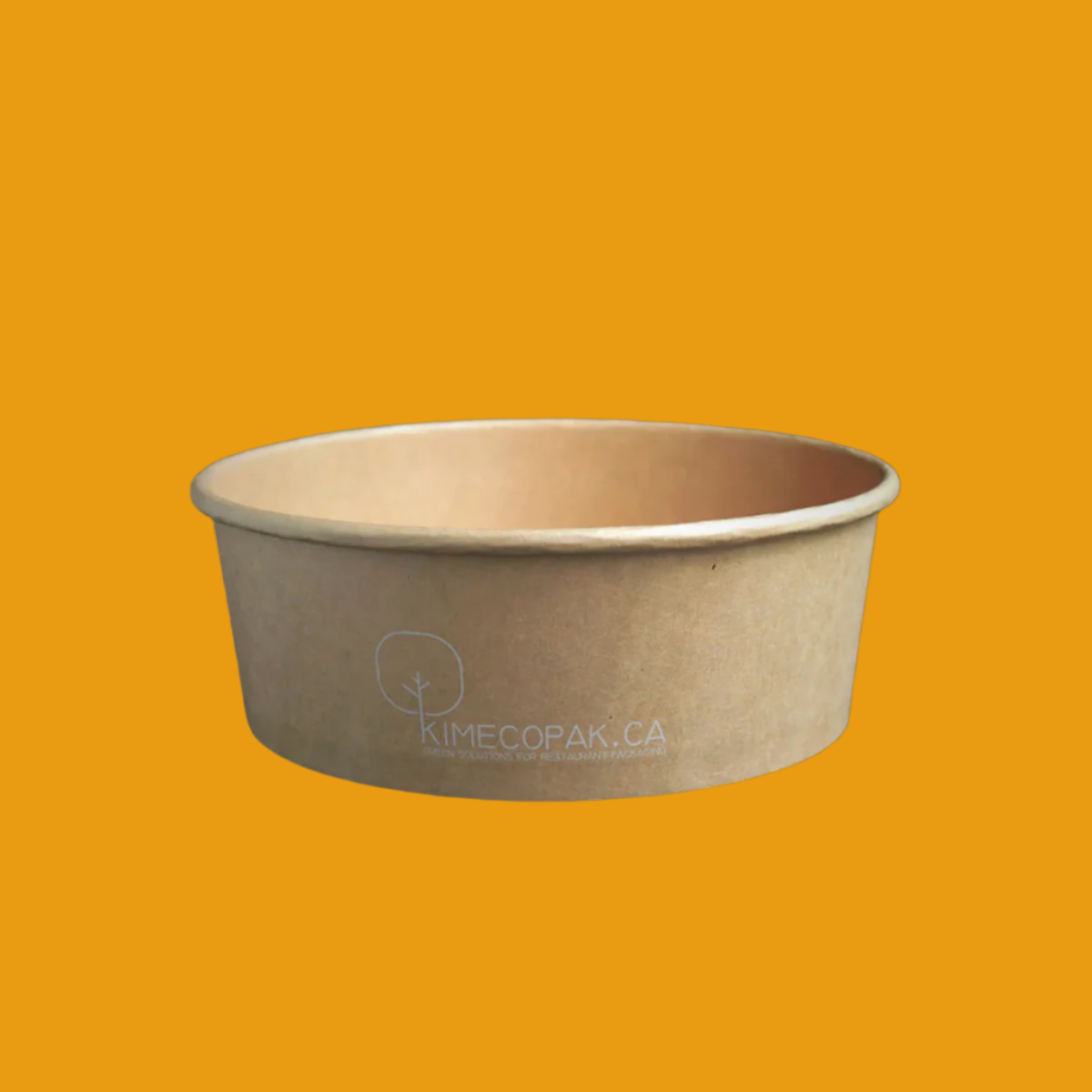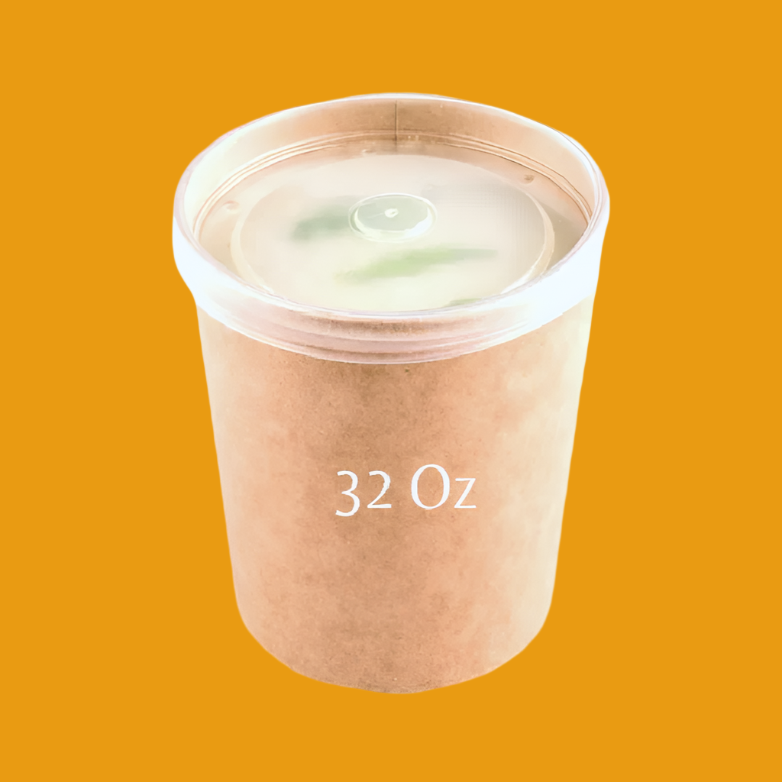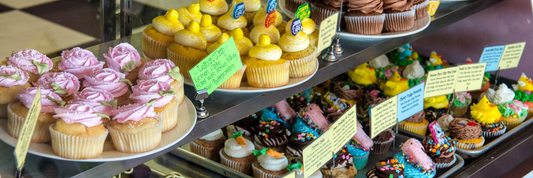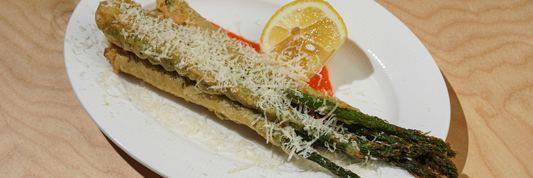Wine bars have emerged as a dynamic force in the hospitality industry, offering a blend of sophistication, community, and curated tasting experiences. Unlike traditional bars or restaurants, wine bars create an inviting atmosphere where patrons can explore diverse varietals, learn about wine origins, and engage in meaningful conversations all in one place. Whether they focus on tasting flights, retail offerings, or sustainable practices, wine bars are redefining how consumers connect with wine.
-
Understanding Tea Bar for Business Starter
-
What Are Well Drinks? Why Well Drinks Perfect For Happy Hour Menu?
What is a Wine Bar?

A wine bar is more than just a place to sip on your favorite varietal; it’s an experience that merges social interaction with a curated selection of wines. Wine bars have become increasingly popular because they offer a cozy atmosphere where customers can explore different wines without the commitment of a full bottle. They provide a venue for casual tasting, tasting events, and education about the intricacies of different wines. This growing trend reflects a broader shift towards experiential dining, where people seek unique, memorable outings rather than traditional restaurant service.
The appeal lies in the ambiance and the opportunity to socialize while discovering new wines. Many wine bars feature knowledgeable staff who can guide guests through tastings, you never know, their expertise might introduce you to your new favorite blend. The relaxed yet sophisticated environment encourages people to linger, fostering conversations that enhance the overall enjoyment of wine.
Guide to Classifications and Popular Types of Wine
Types of Wine Bar Business Models

Tasting Room-Focused Wine Bars
Tasting room-focused wine bars operate primarily as spaces where customers can sample wines before purchasing. These venues are often associated with wineries and aspire to create a sensory experience around tasting. Visitors are typically welcomed to enjoy flight selections, which consist of different wine types grouped together for comparison.
Example: A winery might have a tasting room that allows customers to sample their latest releases alongside renowned selections from other vineyards, engaging customers in the appreciation of flavor nuances.
Retail Store and Event-Based Models
Some wine bars expand into retail, allowing patrons to purchase wines to take home. This model often combines a retail space with an area dedicated to events, like wine education classes, tastings, and even private parties. This approach encourages repeat visits, as customers come back not only for a drink but also for enrichment and community engagement.
Example: A wine bar might host "meet the winemaker" nights, where customers can interact with producers, enhancing loyalty and building community around the shared love of wine.
Wine Bars with Small Plates or Food Pairings
A popular trend is pairing wine with small plates, offering a dining experience that showcases both culinary skills and great wine. By developing a menu of meticulously crafted food items designed to complement specific wines, these bars create a harmonious dining experience.
Example: A wine and cheese bar might curate daily pairings that highlight local artisanal cheeses alongside regional wines, encouraging customers to explore flavor profiles together.
Hybrid Models for Maximizing Profit
As the industry becomes more competitive, hybrid wine bars that incorporate elements from various business models have emerged. These establishments cater to a wider audience by combining tasting experiences, retail options, and small plates, offering flexibility and varied revenue streams.
Example: A hybrid concept might allow patrons to enjoy a glass of wine with a charcuterie board, and then purchase a bottle from the retail section to take home, striking a balance between immediate gratification and future sales.
Successful Examples of Wine Bars

Community-Oriented Wine Bars
Wine bars that focus on building community often become local favorites. They are designed to be inviting spaces for both wine aficionados and casual drinkers. These establishments often host local events, art showcases, or community gatherings, inviting participation from a broader audience.
Example: A neighborhood wine bar might collaborate with local artists to showcase their work while providing discounts on wine during opening nights, creating an inclusive atmosphere.
Wine Bars Focused on Sustainability
Sustainability in the wine industry is gaining traction, with wine bars that prioritize organic or biodynamic wines leading the charge. By supporting sustainable practices and sourcing wines from environmentally-friendly producers, these bars appeal to an eco-conscious clientele.
Example: A wine bar could feature a rotating selection of organic wines and focus on reducing waste through compostable materials and sustainable sourcing, attracting customers who value ethical consumption.
Wine Bars That Thrive Through Niche Positioning
Some wine bars embrace niche markets, focusing on specific regions or wine styles to differentiate themselves. This specialization allows them to offer expertise and build a loyal customer base deeply interested in their particular offerings.
Example: A bar that specializes in natural wines may draw a dedicated following, with regular events highlighting local producers who engage in minimal-intervention winemaking, creating a unique identity within the larger wine community.
Steps to Launch a Wine Bar

Choosing the Concept and Target Market
Launching a wine bar begins with defining your concept and target market. Ask yourself what type of wine experience you want to offer. Are you focusing on a specific region, organic wines, or perhaps a blend of international selections? Understanding your target market is equally crucial; consider the demographics and preferences of your potential customers. Engaging millennials might require a different approach compared to attracting seasoned wine enthusiasts.
Creating a Business Plan
A well-thought-out business plan serves as your roadmap. It should outline your vision, mission, and goals while detailing the operational aspects of your wine bar. Assess your start-up costs, projected revenue, and marketing strategies. This plan will not only assist in securing financing but will also guide you as you navigate through the early stages of your business.
Licensing, Interior Setup, Supplier Selection
Once your concept is clear, it's time to tackle the legalities. Different regions have specific licensing requirements for alcohol sales, so it's essential to obtain the necessary permits. Next, focus on the interior setup. Create an atmosphere that reflects your brand think about lighting, furniture, and décor that enhance the wine experience. Finally, selecting suppliers for your wine is vital; look for reliable distributors who can provide a diverse selection of quality products.
Importance of Eco-Friendly Packaging in Wine Bars
The Environmental Impact of Traditional Glass Bottles
Traditional glass wine bottles have been the standard for decades, but their environmental impact is significant. The production and transportation of glass contribute to carbon emissions and waste. By adapting eco-friendly practices, wine bars can take a stand against these issues.
Alternative Packaging: Recycled Bottles, Wine Kegs, Paper Cartons
Several alternatives to glass bottles are available. Consider using recycled bottles, which reduce waste and energy consumption. Wine kegs can also be environmentally friendly, decreasing packaging waste while offering a fresh experience. Additionally, paper cartons are lightweight and recyclable, providing a sustainable option that appeals to eco-conscious consumers.
Building Brand Value Through Sustainable Packaging
Implementing eco-friendly packaging not only helps the environment but also enhances your brand’s value. More consumers are looking for sustainable options, making them more likely to support businesses that align with their values. Highlighting your commitment to sustainability can differentiate your wine bar and attract a loyal customer base.
Marketing Strategies for Your Wine Bar

Promoting via Social Media and Local Events
Marketing a wine bar effectively involves utilizing social media platforms to reach a broader audience. Share engaging content related to wine tastings, events, and customer experiences. Additionally, participating in local events can help build community ties and attract new customers.
Collaborating with Vineyards, Influencers, and Wine Experts
Consider forming partnerships with local vineyards, wine influencers, and sommeliers. Collaborations can enhance your credibility in the industry and promote special events or tastings. Influencers can help share your brand’s story with their followers, expanding your reach.
Loyalty Programs, Special Offers, and Free Tastings
Creating loyalty programs encourages repeat visits and establishes a strong customer base. Frequent tastings or special promotions can incentivize customers to return while fostering a sense of community among wine lovers.
Challenges and Solutions in Managing a Wine Bar
Inventory and Supply Chain Management
Managing inventory is vital for a successful wine bar. Develop a systematic approach to tracking your stock and forecast demand to avoid over- or under-stocking. Using software can simplify this process, ensuring that you always have the right wines available.
Maintaining Consistent Service Quality
Consistency in service quality is key to customer satisfaction. Train your staff thoroughly and continuously seek feedback on their performance. Regular team meetings can help reinforce standards and discuss areas for improvement.
Listening and Adapting to Customer Feedback
Customer feedback is invaluable. Utilize surveys, comment cards, or online reviews to understand what patrons enjoy and what areas might need enhancement. Adapting your offerings based on customer insights can significantly improve their experience and loyalty.
Conclusion
Wine bars offer a unique business model that promotes both social interaction and wine appreciation. By embracing eco-friendly practices and innovative marketing strategies, wine bar owners can significantly enhance their business while contributing positively to the environment. It's a win-win situation; as you grow your wine bar, consider how sustainable practices can become an integral part of your brand identity.









